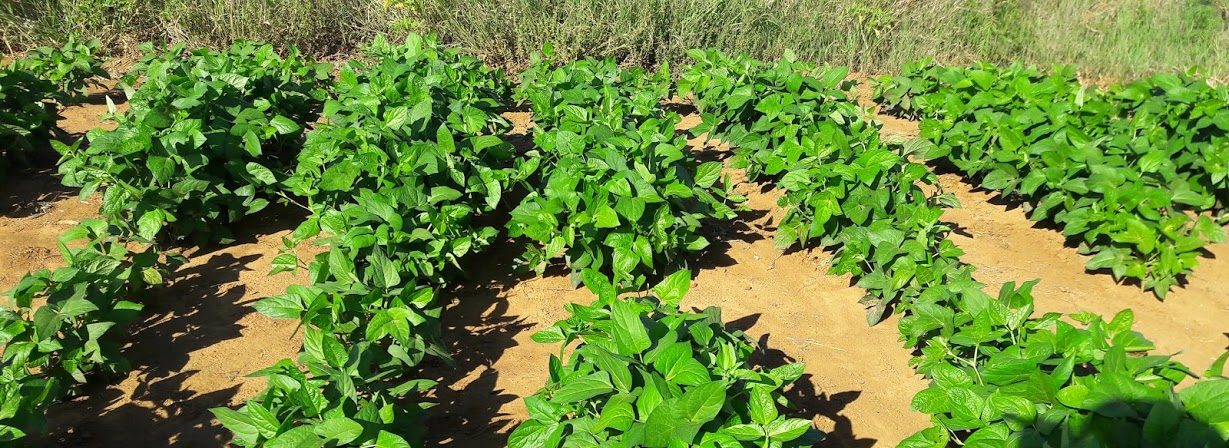Domain 16 was interpreted as an area of very low feed quantity, 12 months of feed scarcity, very low land availability and medium water availability.
Suitable feed interventions
The FEAST-Techfit table shows that interventions such as rehabilitation of degraded grazing land may be an attractive option for this domain as it shows very low land availability which may be due to degradation (soil loss). Rehabilitation of degraded land has a potential to restore land and improve forage availability for sustainable livelihoods. Supplementation with energy-rich supplements such as molasses may be a suitable intervention in this domain as it has a high potential to mitigate feed scarcity during the dry or cool season and feed scarcity problems during the growing season and has no land requirements. However, molasses deals well with feed scarcity but has a low potential to solve feed quantity problems. Therefore, the feed quantity gap can be closed by adopting the use of purchased crop residues or hay given its high potential to mitigate feed quantity. In addition, most of the mixed farming systems of East Africa grow maize, sorghum, sugarcane and cassava (Valbuena et al., 2012), therefore, the use of thinnings, tops and leaf strips of crops such as maize, sorghum and cassava are most likely to receive a positive response in terms of uptake as it is a cheap option with no requirements for more land and can be accessed on farm.
Domain 7 was interpreted as an area of low feed quantity, 11 months of feed scarcity, low land availability and very high-water availability.
Suitable feed interventions
The FEAST-Techfit table show that the practice of supplementing feed with protein by-products such as legume leaf meal and oilseed may be suitable for this domain given the practice's high potential to mitigate feed scarcity during the growing season and feed scarcity during the dry or cool season. However, supplementing feed with by-products does not deal with the feed quantity constraint. Therefore, the feed quantity gap can be prevented by adopting the use of thinnings, tops and leaf strips of crops which are cultivated on-farm such as maize, sorghum, cassava, depending on the crop in season. As this domain receives very high rainfall, the practice of rainwater harvesting may be essential as it may enable farmers to adopt irrigated fodder production to close the feed quantity gap.
Domain 4 was interpreted as an area of medium feed quantity, 6 months of seasonal scarcity, very high land availability and medium water availability
Suitable feed interventions
The FEAST-Techfit table show that short-duration or annual fodder crops such as oats, maize, sorghum, vetch are a suitable for this domain considering that this domain has very high land and adequate water availability. However, annual fodder crops only solve problems of feed quantity and feed scarcity during the growing season, leaving a feed scarcity constraint during the cool and dry season. Therefore, fodder trees and shrubs such as Calliandra calothyrsus and Leucaena diversifolia could be a suitable option which can be integrated with the use of annual fodder crops given their potential to mitigate feed scarcity during the dry season or cool season, and their land requirements match the context of the mixed farming systems in this domain.
Domain 2 was interpreted as an area of very high feed quantity, 3 months of seasonal scarcity, low land availability and high water availability.
Suitable feed interventions
The FEAST-Techfit sheet table reveals that irrigated fodder production may be an attractive option given its low land requirement and its potential to mitigate feed scarcity during the cool or dry season and feed quantity problems. The feed scarcity gap during the growing season can be mitigated by integrating the use of energy-rich supplements such as molasses and the use of protein by-products such as legume leaf meal.
